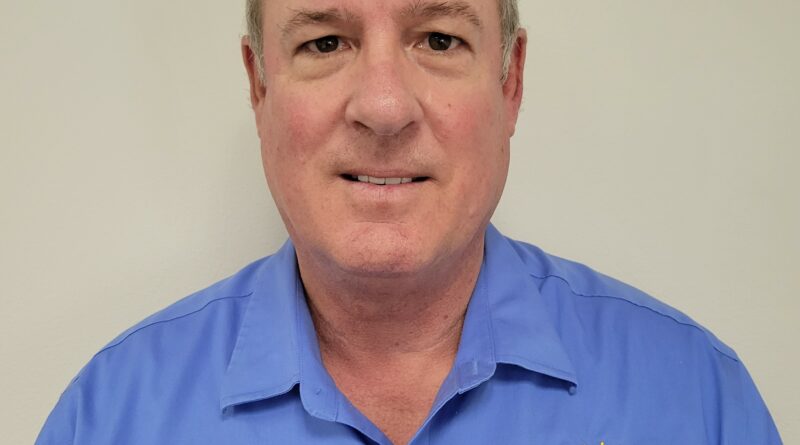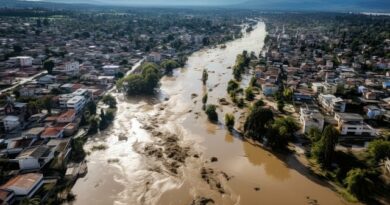Sea Level Rise Challenges a Barrier Island
St. Pete Beach, Florida is the southernmost barrier island on the Gulf Coast in Pinellas County, Florida and sea level rise is challenging its very existence.
Over the past seven years, the number of phone calls and e-mails received at the St. Pete Beach Department of Public Works expressing street flooding concerns has increased significantly. Many of our residents start out by saying something similar to, “I have lived here for many years, and I have never seen flooding as bad as this. What are you going to do about it?” That is a great question.
The good news is sea level rise and the associated increase in high tides is a slow-moving phenomenon. That gives planners and engineers time to assess the impacts and place mitigation projects in the Capital Improvement Program (CIP) over an extended time horizon. St. Pete Beach commissioned a comprehensive study in 2017. The results identified 37 locations where high tide flooding impacted a street intersection greater than 10 inches deep. Projects were prioritized, scoped and placed in the 5-year CIP program, and have been completed or are now in the planning, design, or construction stages.
As a first simple step, the city implemented a new policy during street rehabilitation projects. The policy is to protect the neighborhoods from bay-side flooding coming up through the outfall structures and inlets on the streets during high tides. Tide check valves protected by baffle boxes have been installed in over 35 stormwater outfall locations, extending flooding protection to the most vulnerable neighborhoods.
One issue is that if the tide check valve is closed to the high tide and there is a heavy rainstorm, the stormwater will back up on the street until the tide goes down and the head pressure of the stormwater is sufficient to force the tide check valve flap open. The trade-off is that there is fresh water on the street instead of salt water which is very damaging to the vehicle undercarriage.
A lesson learned from the installation of tide check valves and baffle boxes is that we no longer place the valves at the outfall structure. Marine growth is quick to develop and the maintenance to keep the valves free to operate properly is significant. We are moving valves off the seawalls and back to the inlet structures in the street and installing larger access hatches for maintenance. The absence of constant saltwater nourishment and sunlight will slow marine growth and reduce our maintenance intervals.
For several neighborhoods, as the water continues to rise the majority of the conveyance pipe network will be underwater even at mid-tide. To counter that flooding activity the city is in design for the installation of pump stations to evacuate stormwater trapped behind the tide check valves.
Another step was to update the city code to reflect a five feet NAVD88 seawall cap elevation. This elevation was selected as part of a Tampa Bay regional analysis, and many of the local municipalities have adopted it. In the past two years, the city has elevated four of the 54 city-owned seawalls with plans in design for an additional four in FY23/24. With over 1,500 privately owned seawalls the city has allowed a lower cap elevation to be constructed as long as the seawall has the ability to be elevated at some point in the future. This is an effort to avoid unnecessary personal expense and avoid creating a gap-tooth approach in the neighborhoods. At some point in the future, we expect individual property owners to come to their own conclusion based on their personal experience that the time has come to elevate their seawall cap.
For all of the city’s efforts public education and feedback are critical elements of our planning and design efforts. Presentations during City Commission meetings, posting plans on the city website, attending Homeowner Association Meetings and hosting project planning meetings are all effective efforts. The public debate about the science and sources of climate change, sea level rise, and increasingly powerful and more frequent stormatic activities run the spectrum from belief to denial. For St. Pete Beach it doesn’t matter what our citizens believe. What matters is what they are experiencing and hopefully, through our engineering efforts at the city’s Department of Public Works, our citizens will observe we are doing our very best to implement flooding protection for the future.
Mike Clarke is the director of Public Works for the City of St. Pete Beach, Florida.




